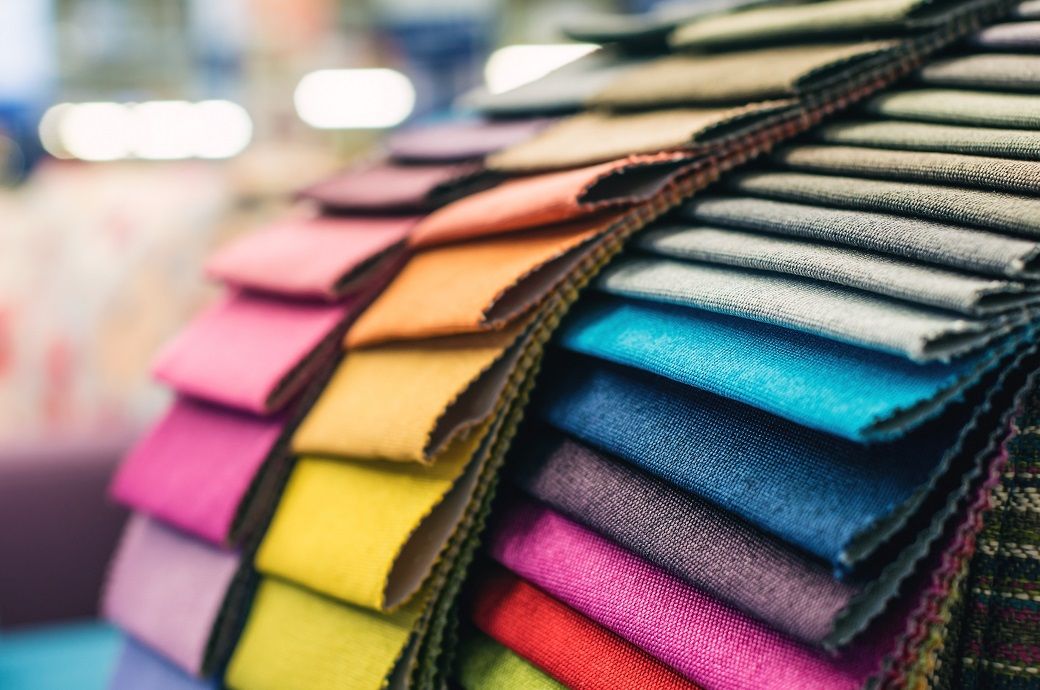
The share of recycled fibres slightly increased from 8.4 per cent in 2020 to 8.9 per cent in 2021 —mainly due to an increase in bottle-based polyester fibre, according to the Preferred Fiber & Materials Market Report by non-profit Textile Exchange. Still, less than 1 per cent of the global fibre market was from pre- and post-consumer recycled textiles in 2021. The production of fossil-based synthetics raised from 60 million tonnes in 2020 to 63 million tonnes in 2021.
The report summarises the following key takeaways and projections for textiles:
Cotton: The market share of ‘preferred’ cotton — defined by a list of recognised programmes — decreased from 27 per cent of the total cotton production in 2019-20 to 24 per cent in 2020-21 after years of growth. The reasons consist of a variety of factors, including weather variations, changes in the Better Cotton programme, market conditions, and socio-political challenges.
Polyester: The production volume of polyester fibres increased from 57 million tonnes in 2020 to 61 million tonnes in 2021. With a market share of 54 per cent of the global total fibre production in 2021, polyester continues to be the most widely produced fibre. The market share of recycled polyester fibres slightly increased from 14.7 per cent in 2020 to 14.8 per cent in 2021. Due to low prices of fossil-based polyester, the recycled polyester market has been growing slowly in the past years.
Polyamide: Polyamide had a market share of 5 per cent of the global fibre market in 2021. Due to technical challenges and low prices for fossil-based polyamide, the market share of recycled polyamide is only 1.94 per cent of all polyamide fibre. As the second-most used synthetic fibre, polyamide offers significant impact potential by transitioning to recycled and biobased polyamide. Most recycled polyamide is made from pre-consumer waste; some are from discarded fishing nets and carpets. Increasing the use of post-consumer textiles is needed. The market share of biobased polyamide fibres in 2021 remained low at around 0.4 per cent of the global polyamide fibre market.
Manmade Cellulosics: Production of manmade cellulosic fibres (MMCFs) including viscose, lyocell, modal, acetate, and cupro increased from 6.5 million tonnes in 2020 to 7.2 million tonnes in 2021. The market share of FSC- and/or PEFC certified MMCFs increased from around 55-60 per cent in 2020 to around 60-65 per cent of all MMCFs in 2021. In March 2022, FSC and PEFC announced their decision to suspend Russian and Belarus wood certification. This equals a ban of around 18 per cent of all FSC- and/or PEFC-certified forests. The market share of ‘recycled MMCFs’ increased to an estimated 0.5 per cent.
Wool: Global wool fibre production was relatively unchanged at around 1 million tonnes in 2021. Conventional wool accounts for the vast majority of the wool market but the market for non-mulesed and preferred wool programmes is increasing. The market share of wool produced according to the Responsible Wool Standard (RWS), ZQ, and SustainaWOOL GOLD and GREEN reached around 3 per cent in 2021.
Mohair: Global mohair fibre production in 2021 was around 4,320 tonnes of greasy fibre. The Responsible Mohair Standard (RMS), covering both animal welfare and responsible land use criteria, was launched in March 2020. Its market share reached 20 per cent in 2020, its first year of existence, and increased to 35 per cent of all mohair produced worldwide in 2021. The RMS market share increased to 67 per cent of the total mohair production in South Africa and 42 per cent of the total mohair production in Australia in 2021.
Alpaca: Global alpaca fibre production was around 6,000 tonnes in 2021. In April 2021, Textile Exchange launched its Responsible Alpaca Standard (RAS) with animal welfare and responsible land use criteria. The first groups in Peru have been certified to RAS, but the certified alpaca fibre is already committed to specific supply chains. It will take time to build the volume of certified fibre in order to make it available on the open market.
Cashmere: Global cashmere production was around 26,344 tonnes of greasy fibres in 2021. The market share of the cashmere programmes — AVFS, Good Cashmere Standard, Responsible Nomads, SFA Cashmere Standard, and WCS combined — significantly increased from 6.6 per cent of all cashmere produced worldwide in 2020 to 17.4 per cent in 2021.
Down: Global down production volume was estimated at around 0.57 million tonnes in 2021. Awareness of animal welfare issues has led to successful growth in the use of standards such as the Responsible Down Standard (RDS) with a market share of 3.2 per cent and Downpass with a market share of around 1.2 per cent of the total down market. While influencing change at the farm level is challenging, the use of preferred down standards helps to reduce the risks along the supply chain.
Leather: Leather—measured in terms of fresh hides of cattle, sheep, goat, and buffalo, had a global production volume of around 12.5 million tonnes in 2021. Until recently, leather processing risks (tanning, chemical use) have been the main focus, but there is a growing interest in animal welfare, deforestation, land use change (and associated biodiversity loss), and climate change issues.
Fibre2Fashion News Desk (NB)